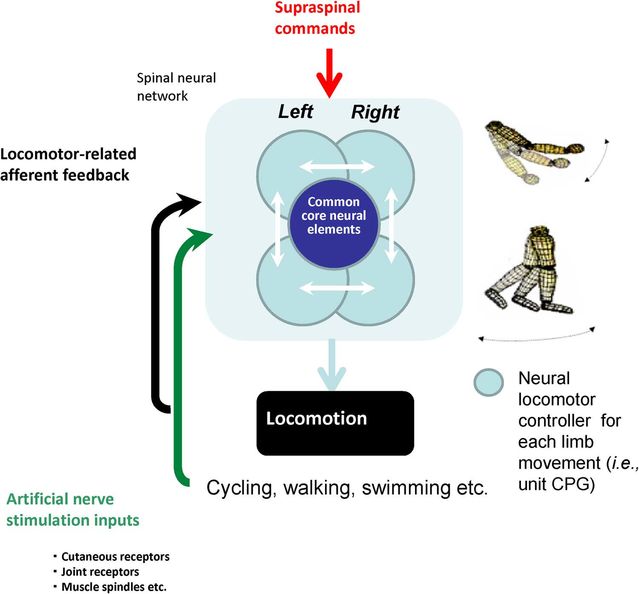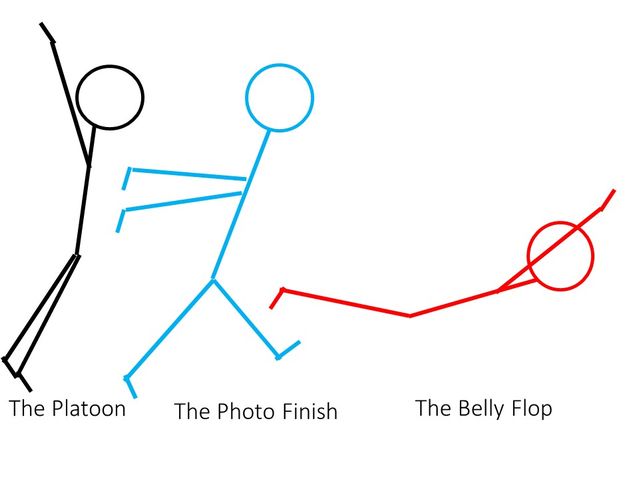Neuroscience
Dear World Cup Referees: Please Don't Fall for Faking
Arm yourself with the way to spot the difference between tripping and faking.
Posted June 8, 2018
Whether you call it Soccer. Football. Futbol, Fußball, or Calcio, it really is "the beautiful game". Except when it's not. Except when the players try to win fouls and penalty kicks by fakery and obfuscation—a practice there will be far too much of in Russia at the 2018 Men's World Cup.
We've all seen it happen and we'll all see it happen again. A soccer player runs down the pitch with the ball just ahead and preparing to make some fancy move past a defender. The defender sticks out a foot that may or may not actually contact the other player and suddenly that player seems to be catapulted over that small (or non-existent) leg contact into the air. This is usually even more dramatic if this incidental contact occurs in the penalty area because then it's for a penalty kick.
This always produces in me a combination of amusement and extreme frustration. Especially when the gullible referees call a foul. In the spirit of being helpful for your watching and for those poor officials so ruthlessly exploited, this post is about what people really do when they are actually tripped. And, in particular, what folks do with their arms.
Over the last 25 years in my career as a sensorimotor neuroscientist I have studied what people do with their legs and arms when contact to the foot happens during locomotion. In science speak, these reactions are called "stumble corrective responses" based on "interlimb reflexes" which really means what your spinal cord and brain do to help prepare your body to fall safely.

When you feel a tripping perturbation—like catching your foot on a stair riser, a branch on a trail run, or an actual trip while playing soccer--that sensory information signals your nervous system to activate a set of whole-body corrections that prepare you to save yourself from a fall and get your body ready in case you actually do hit the turf. This means keeping your legs moving if at all possible and putting your hands out in front of you to protect your body as you may go down to the ground. It's actually that simple to describe but is the sublime outcome of an amazing automatic and unconscious network of connections optimized by evolution that we humans share with other terrestrial mammals. So, yeah, you are an upright, walking cat. But that's a story for another day.

Back to the fakery in sport. Here's what you don't do if you are tripped. You don't throw your hands over your head or behind your body. You also don't leap into the air, nor do you pull both feet away from the ground to become airborne. Those reactions are not consistent with protection but are fantastic drama to call attention to the "contact". In fact, those reactions would produce a truly catastrophic fall if you really were tripped and fell unexpectedly. Those reactions are things that are planned and done on purpose and are not part of our automatic safety corrections.
A particular part of my research shows the importance of the arms and reactions in the upper limb, and those really are the keys to spotting fake falling. To make this super easy for the officials, let's clearly define the top 3 examples of simulated tripping and falling.
- Number 1: the “Platoon”. Where the athlete throws their hands over their head and fall almost lifeless to the ground like Willem Dafoe did as Sgt. Elias in the heartbreaking finale to the film "Platoon".
.
-
Number 2: the "Finish Line". Where the player thrusts chest forward while yanking their arms behind them to emulate what sprinters do when they get to the finish line in a race. Except this appears to be a race to unsafely crash to the ground.
-
Number 3: the "Belly Flop". Where the arms are flung overhead with the body stretched out and offering no protection if the athlete lands fully on the ground in a very exposed position. Much safer in water than on land.

Sometimes you can even see all 3 of these maneuvers in one sequence as the player moves seamlessly from the Platoon, the Finish Line, and ending with the Belly Flop.
What I'd like to see, in addition to less faking, is to have retroactive video-enabled suspensions for players who clearly are cheating. There will always be mistakes in refereeing and it truly is hard to see some of these things when they happen at game speed. But if there's a crackdown that can occur later with outcomes that have real teeth, players will eventually stop doing it (or at least do it less). That might allow us to finally watch a game played without cheating by fake falling, which truly would be a beautiful game.
(c) E. Paul Zehr (2018)


